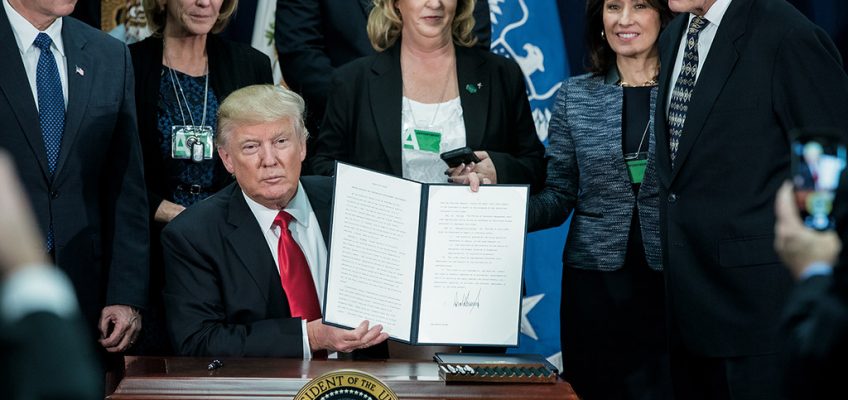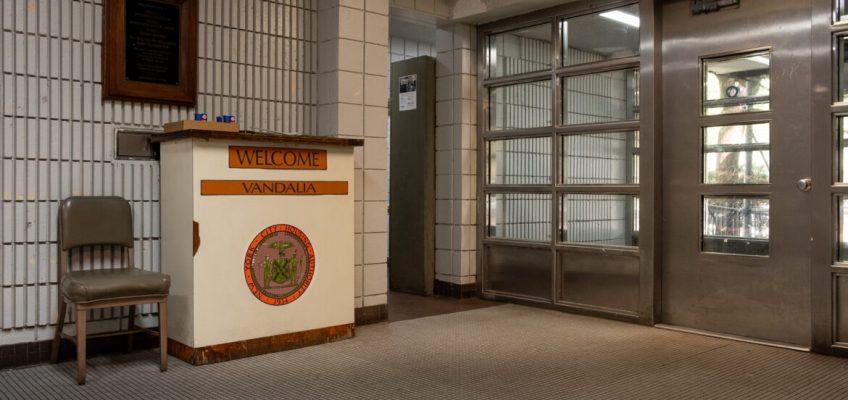I was 19 and attending a Spanish study abroad program in Madrid through the University of Houston, when a stranger approached. I’d been at a restaurant with a large group of friends and acquaintances whining about not being able to call my boyfriend back in Texas, when this young man I hadn’t noticed before leaned toward me.
“I know where you can make a phone call,” he said in Spanish-accented English. His voice was smooth and warm. I didn’t hesitate before gratefully accepting his offer and following him outside. Moments later, as he was driving us too fast and too far out of the city, I knew I’d made a terrible, terrible mistake.
When he finally stopped the car, he put a knife to my throat. He spat hideous words in my ear, detailing how he planned to kill and rape me—in that order. What happened next was a blur fueled by my determination not to die. I kicked, slapped, hit, screamed.
Somehow, I got away.
Afterward, I blamed myself for being so stupid, for ignoring my instincts, for putting myself in such a situation. I didn’t know his name. I couldn’t identify his car. I thought, what good would it do to call the police?
Turns out my seemingly strange reaction is common; in the United States, nearly 80 percent of sexual assaults are never reported.
Why do victims of nonsexual violent crimes usually involve authorities while most rape survivors remain silent?
I’m grown now, a novelist and mother of a 21-year-old daughter and an 18-year-old son. The fact that my children are close to the age I was when I was attacked has made me hypervigilant of their safety. That they are young adults in Texas has made me hyperaware of attacks on their rights, especially after the U.S. Supreme Court overturned Roe v. Wade.
I was utterly appalled when I read research in the Journal of the American Medical Association regarding the number of rape-related pregnancies in the 14 U.S. states with total abortion bans. Since those bans took effect, it’s estimated that more than half a million rapes occurred in those states, yielding almost 65,000 pregnancies.
In Texas alone, the study estimates that roughly 212,000 rapes led to 26,000 pregnancies.
Based on the aforementioned statistic about silence, most of those rapes were never reported. That means, horrifyingly, about 410,785 rapists nationwide got away with their crimes and carried their lives unpunished. Their victims, I’m certain, did not. And I understand why many don’t speak out.
The only person I told about my attack was a friend I’d been with earlier that night. After I’d hitched back to the city, many hours later with a torn shirt, bloodied arms, and a shattered spirit, she said we had to go to the authorities.
I knew I would never forget the feeling of that knife at my throat, but I refused to tell anyone else. Not the police, not the school, not my mother. Nobody. I just wanted to forget about it. Although I escaped with only minor physical injuries, the psychic wounds have endured more than three decades—in part because I tried to pretend nothing had happened.
According to researcher Sandra Caron, one-third of college women who experience sexual assault tell no one, not even one friend. By comparison, a 2022 Bureau of Justice Statistics victimization survey estimated that 64 percent of robberies and 81 percent of cases of vehicle theft were reported to police.
Why do victims of nonsexual violent crimes usually involve authorities while most rape survivors remain silent? Caron says most survivors, as I did, blame themselves. Or they feel society will blame them.
Remember then-20-year-old swimmer Brock Allen Turner who was convicted of rape in 2016 after publicly assaulting a woman on the Stanford University campus? His father objected to the proposed six-year sentence, calling it “a steep price to pay for 20 minutes of action out of his 20 plus years of life.”
As a parent, I can perhaps understand—but not excuse—a parent saying something so reprehensible in defense of their child. But what about the judge? Aaron Persky sentenced Turner to only six months, saying, “A prison sentence would have a severe impact.” The judge was more concerned about the perpetrator’s future than the survivor’s.
Such decisions reinforce survivors’ fears about how they will be treated if and when they come forward.
In her testimony, Turner’s victim described the harrowing effects of the attack, and its aftermath. “If you think I was spared, came out unscathed, that today I ride off into the sunset while you suffer the greatest blow, you are mistaken,” she wrote. “Nobody wins.”
(Paula N. Luu)
Fear of being held responsible for their rape. Fear of losing control of the situation. Fear of not being believed. Fear of getting in trouble. Fear of being labeled. Fear of being abused again. Fear of losing someone. (Yet another grim statistic: Over 90 percent of juvenile victims know the perpetrator.) To many, involving authorities feels like being assaulted twice.
The #MeToo movement that began in 2017 shifted public discourse, at least for a while, and in a recall election, Judge Persky was removed from the bench.
Organizations such as the Rape, Abuse and Incest National Network and the Houston Area Women’s Center support survivors. But there is still a long way to go to enable more victims to break their silence.
Post-Madrid, I thought I’d successfully hidden the truth from myself, but something as traumatic as that doesn’t magically disappear. It’s the kind of story that lives deep inside your bones.
I turned to athletics to regain a sense of power and safety, specifically competitive bodybuilding and martial arts. Eventually, I began teaching self-defense classes to women and girls, sharing an abbreviated version of my assault. For my students, it’s a useful scaffolding, explaining how violent attacks unfold. For me, it’s made that awful night easier to talk about. Still, until 2021, I hadn’t told anyone the full story.
That year, my 19-year-old daughter was preparing to drive cross-country from her college campus to spend the summer in Texas. I thought about how strong and capable, and yet how vulnerable and exposed, she would be during her trip. I couldn’t stop thinking about the vagaries of violence and victimhood, safety and security, guilt and grief. At that point, she knew some of what had happened to me, but I felt I had to tell her all of it.
Afterward, I decided to deal with the suppressed details of my attack in the most therapeutic way I know: by fictionalizing it. Writing The Young of Other Animals, the book that grew out of this story, helped me let go of the self-blame and shame I’d been carrying.
I wonder whether that healing would’ve started 30 years ago, if I’d talked about it then. And I wonder if I might’ve prevented my assailant from hurting someone else if I’d told police. I’ll never know.
But I do know now that remaining silent doesn’t solve anything.
Half a million rapes in 14 states is too many. More than 212,000 rapes in Texas is too many. Any is too many. At the very least, we must try to make it easier and safer for survivors of sexual violence to come forward, seek help, and begin to heal.




